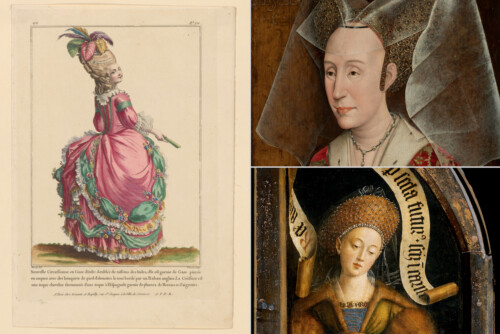Altogether, the image Dunham was hoping to build through her choreographic work was more complex, based on her idea of what dance is about—that is, “the profound urge to rhythmic motion and organized patterns” 1 or “a way of knowing through the body.” 2 Her models were Isadora Duncan, who let dance out of the cage, and Sergei Diaghilev, who gave structure to the new energy that Duncan was able to unleash. Dunham took this “dance revolution one step further,” as one critic put it, by establishing for the modern dancer, black or white, a new vocabulary of bodily freedom, and insisting on the necessity of awakening the kinesthetic sense of both dancer and audience. Moreover, Dunham found in traditional, “authentic” material the source for modern dance forms, and in African dance the basic principle for her choreographies: the movement of the lower body (Kaiso, 498). Through the centrality she gave to the body and the attention she bore to the individuality of all performers—musicians, actors, dancers—she struck a delicate balance between training and inspiration in order to create an ensemble performance. She brought Negro dance to the concert stage and gave it visibility and its lettres de noblesse. Her anthropological training helped her develop a scientific approach to her material and helped her set a new level of literacy in dance. And with John Pratt, she achieved a new conception of design, color, and costume for the modern stage. With intelligence, imagination, and intuition, she managed to bridge anthropology and dance performance, to deal with the issue of exoticism and primitivism, and confront the opposition between tradition and modernity. Moving deftly between continents, countries, and cultures, Dunham herself spanned several worlds—historically, geographically, and artistically—illuminating in her unique way the often tragic, often glorious experience of the African diaspora.
Issue 6.1-6.2 | Fall 2007/Spring 2008 — Josephine Baker: A Century in the Spotlight



